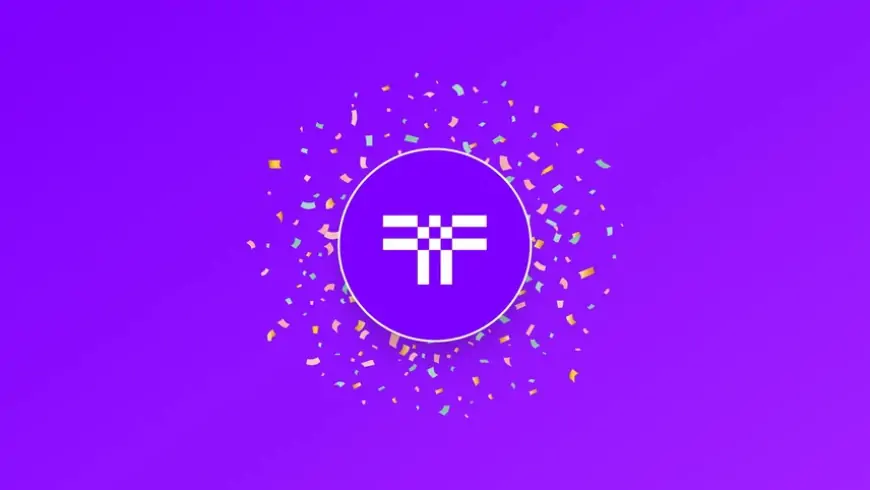What is The Threshold Network and Token (T) and how does it enhance privacy and security?
Learn about The Threshold Network and Token (T), and how it enhances privacy and security through decentralized governance and innovative technology.

What is The Threshold DAO and how will the Threshold Network maintain its decentralization?
The Threshold Network's DAOs are crucial for maintaining decentralization. They provide a community for community-driven projects and a platform for democratic and decentralized voting, while also helping to run the entire network. This is achieved through the Threshold DAO's three-pronged governance system, which operates similarly to a checks and balances system in central governments. Each component ensures the others remain accountable. The three components have distinct functions:
- StakerDAO this DAO holds the core decision-making power within the network. Stakers, who operate the decentralized nodes that verify transactions, ensure the network's functionality. Each member must have a stake in the Threshold Network, with voting power proportional to the size of their stake.
-
The TokenHolderDAO oversees the network's treasury, token issuance, and governance through decentralized voting and community-driven decision-making. To ensure accountability, it can veto proposals from the StakerDAO, with membership requiring holding Threshold Network Tokens (T).
-
The elected council of Keep and NuCypher representatives determines staker rewards to incentivize token holders to stake in the network. This council also has veto power to maintain the network's decentralization and alignment with the spirit of the Threshold Network, ensuring accountability.
What is The Threshold Token (T)?
The T Token serves as the upgraded native token for the Threshold Network, functioning both as a utility token for network operations and as a governance token for the Threshold DAO. Holding T tokens allows participants to:
- Staking rewards: Users stake their tokens to become validating nodes, earning rewards for honest behavior and facing penalties for dishonesty. The more T tokens staked, the higher the likelihood of being selected to verify a block, and the greater the voting power in the DAO.
- Liquidity Pools (LPs): The Keep Network has proposed incentivizing users to shift liquidity from the KEEP – ETH pool on UniSwap to a T – ETH pool. This move would enhance yield rewards, attract more Threshold token holders, and expand the network's community.
T Token holders contribute to the Threshold Network by staking tokens and running decentralized nodes to verify network activity, all without relying on centralized authority. Active participation in the DAO through voting and discussions ensures that the network remains community-driven and decentralized.
What are the future aspirations of the Threshold Network?
After the completion of the merger and full integration, the Threshold Network aims to enhance the structure of its DAO through community-driven decisions. These decisions include the establishment of the Integrations Guild, Marketing Guild, Treasury Management Task Force, and the Threshold USD Task Force.
However, the most significant plan is the launch of tBTC v2. This bridge for BTC will enable bridging up to 1% of the BTC supply into the Ethereum network, opening up more opportunities for BTC holders to participate in DeFi projects on Ethereum. The successful launch of this bridge could have a transformative impact on the network and the DeFi industry, providing users access to both BTC and stablecoins on the leading DeFi platform without centralized control.
In conclusion, the Threshold Network presents valuable technology in a rapidly expanding industry, supported by two established networks. It is set to power the innovative tBTC v2 project, which has the potential to revolutionize the use of BTC on Ethereum. However, it is important to note that this project is still in the launch phase and will initially bridge only a small fraction of BTC's total supply. This gradual progress is reflected in the current performance of the T token, which has only been in existence for a short time and is not yet widely traded on exchanges.
Despite these challenges, the Threshold Network has a promising offering and the necessary structure and tools to succeed. Its integration of the Keep and NuCypher communities should ensure a strong DAO community and an adequate number of staking nodes for decentralization and network activity. While it may be premature to predict the network's future, it appears to be on a positive trajectory, especially if it can navigate through market downturns.












































